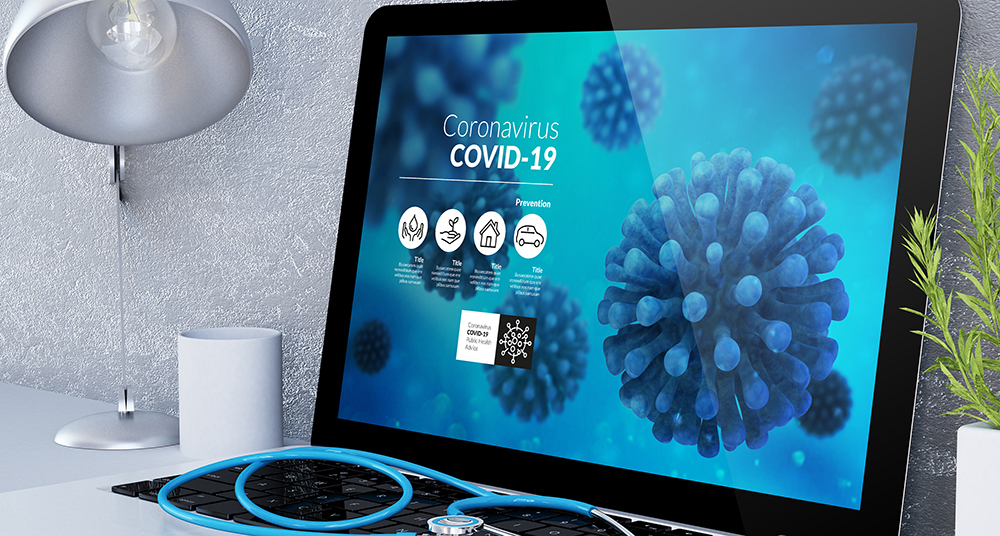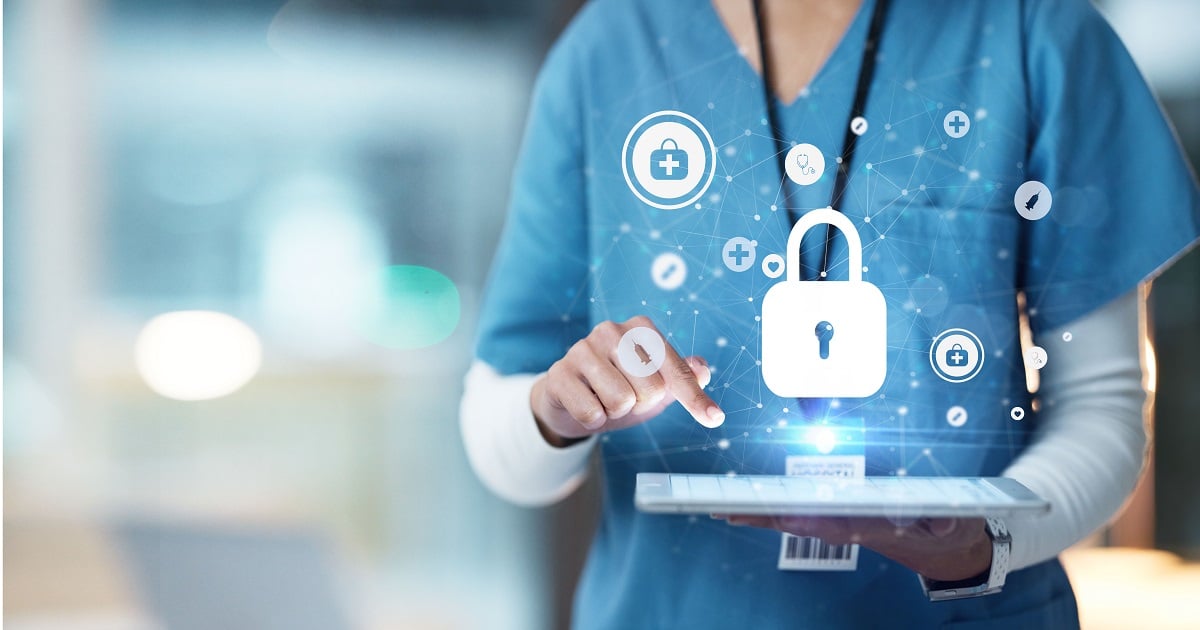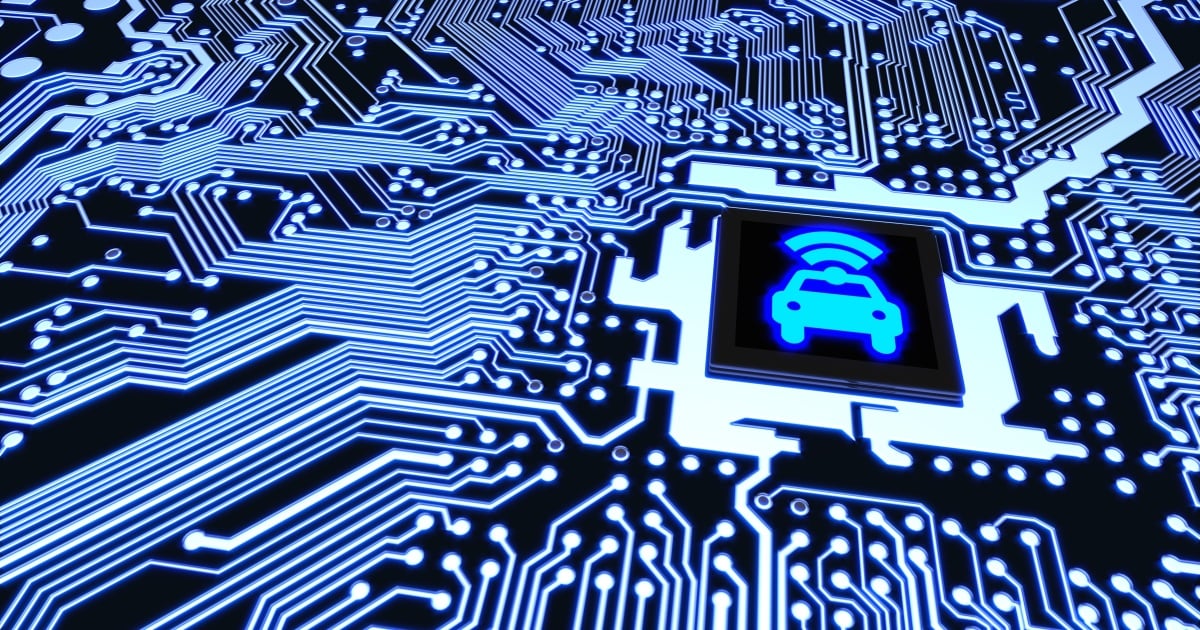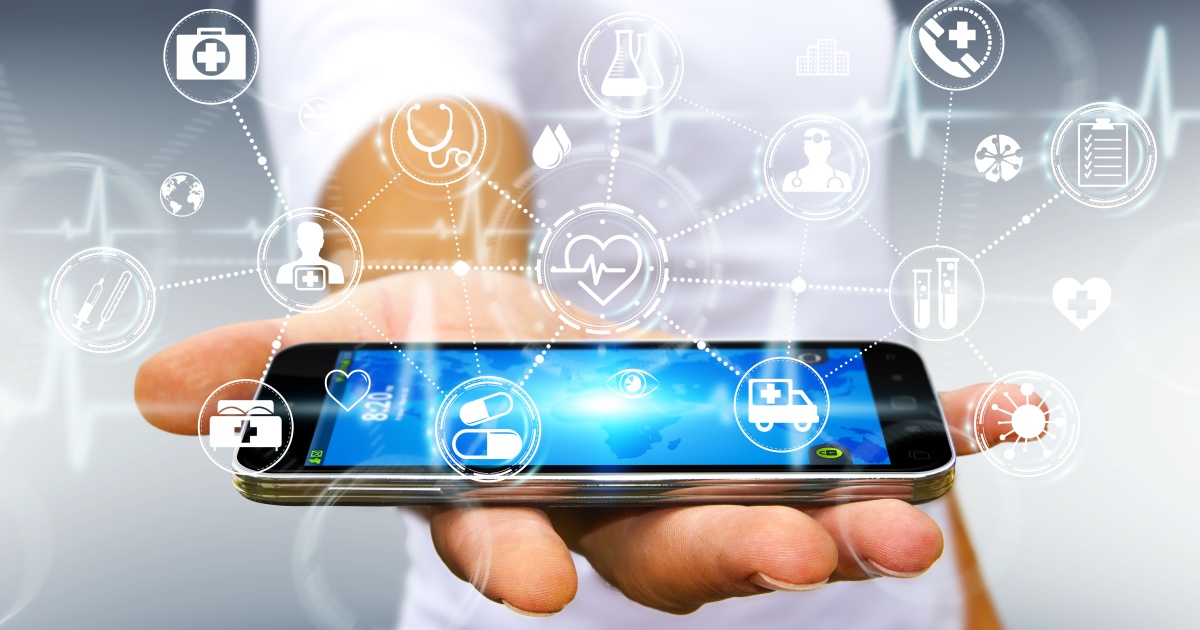
The first half of 2020 was marked by a remarkable response to the fast-spreading Coronavirus, a pandemic unlike any we have witnessed in recent history, and an infection we are only now beginning to understand. Hospitals have been overrun with patients and have been forced to completely change how they operate to accommodate the influx of gravely ill and highly infectious people, while long term care facilities, including skilled nursing for the elderly have been hit particularly hard.
Necessity – in this case the need to save as many lives as possible while protecting the frontline workers who put their own and their family’s health at risk – has become the mother of invention and has accelerated technologies in connected care including telehealth, telemedicine, emergency dispatch and response, testing, tracking and tracing, and more, which has created short term challenges, with long term opportunities to improve care in the future.
Televic Healthcare, one of four main divisions of Televic, a real time communications software and cloud technology company based in Belgium and employing over 1,000 team members across Europe, Asia and the US, has been implementing collaboration systems for healthcare providers for many years, including high end solutions for nurse call, intercom, access control, patient entertainment and care registration for healthcare environments, within facilities and more recently within patients’ homes.
We caught up with John Gesquiere, R&D and product director for Televic Healthcare, who shared the company’s experience, insights and activities over the last several intense months, and like leaders in healthcare communications technology, he shared the heightened demand for immediate ways to support frontline workers, beyond the rush to ensure they have Personal Protective Equipment, ventilators, beds, staffing and other basic needs covered.
“Because we are part of many large hospital and nursing home facilities already,” Gesquiere said, “we were called into action immediately, ensuring our clients had all the support they needed even as they were reconfiguring space to expand emergency and intensive care facilities. Doctors, nurses, administrators, and insurance providers needed to provide care to COVID-19 patients while keeping themselves safe. Many hospitals and elderly care facilities found themselves not being able to determine when direct contact with a patient was necessary or not, which lead to tragic loss of lives and illness which we can now avoid in the future.”
Gesquiere explained that having access to information that could help avoid unnecessary contact with an infected patient can keep staff safe without sacrificing quality of care, and that extending communications systems, including alarms and notifications which enrich nursing call systems within medical facilities and within “smart flats” near those facilities can dramatically reduce exposure to infection without sacrificing quality patient care.
“Enriched alarming is what separates our solution from standard nursing call systems, and this difference made a huge impact given the customization available, and the consolidation of alarms, both intra and extra mural during the pandemic,” Gesquiere explained.
The company’s AQURA solution, which has been in place for years in top medical and long term care facilities, was already being expanded to support connected home care, but in the wake of the pandemic, projects are being accelerated including programs where apartments, or flats, are being built nearby with monitoring and care management technologies built in.
“We are fortunate in that we have invested in and have begun implementing continuous monitoring capabilities which integrate seamlessly with wearable medical devices that measure the vital signs of patients remotely,” Gesquiere said. “Our ACURA Cloud platform makes it possible to collect machine-generated data from devices, and provide meaningful information in real time, and generate notifications and alerts that enable triage to take place without having to have a nurse present. For example, a patient can leave the hospital when it appears they are healing from the virus, but should new symptoms flare up – a high temperature, low oxygen levels, heartrate and more – the appropriate nursing team or a contact center agent will be notified automatically and assist in organizing immediate care.”
Gesquiere said both proactive and reactive approaches are working, and that the recent successes driven by the emergency nature of COVID-19 are being so well received that the path towards a new paradigm of connected care, blending human and machine communications is inevitable.
“The connected flats in close proximity to medical facilities will allow older people to live independently, while still remaining safe and well, while also reducing the cost of care and improving the delivery of care through more efficiency,” Gesquiere said, “and the applications for long-term care leveraging increasingly sophisticated medical devices are many.”
The economics of care are dramatically improved, which has been proven by Televic and similar companies, but Gesquiere says the global health crisis shined a brighter light on the equation. “We can save lives and save money when we roll out these solutions – we’ll be ready for future pandemics and other health crises, but we’ll also be ready to address the growing population of older people with solutions that allow them more freedom and independence. We are turning the tragedies of COVID-19 into innovations that will improve millions of lives in the future, and will protect frontline workers, while reducing their stress, which is the least we can do for these brave men and women.
Arti Loftus is an experienced Information Technology specialist with a demonstrated history of working in the research, writing, and editing industry with many published articles under her belt.Edited by
Ken Briodagh





